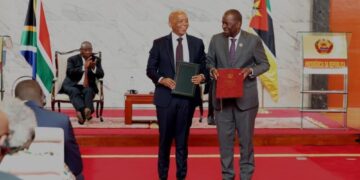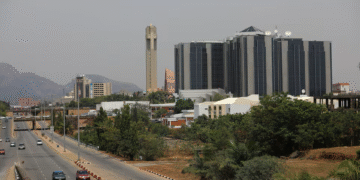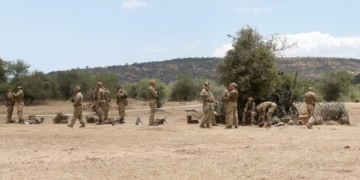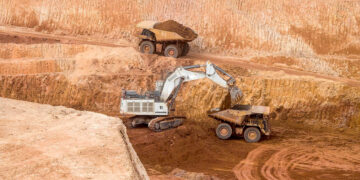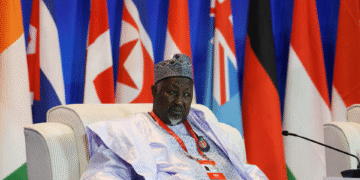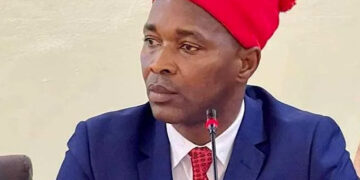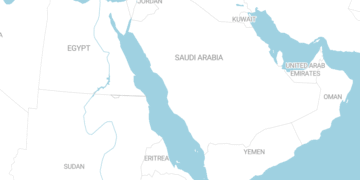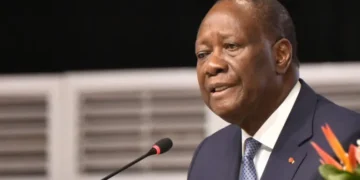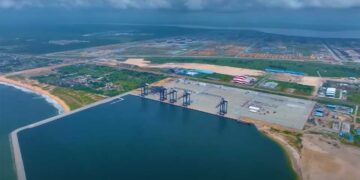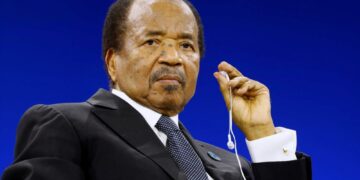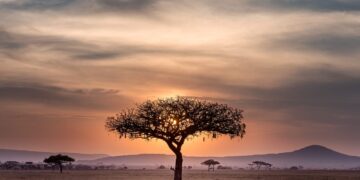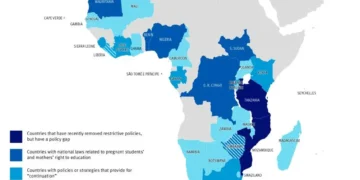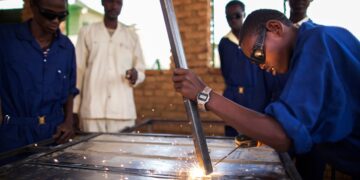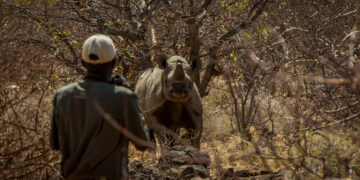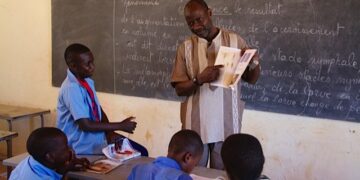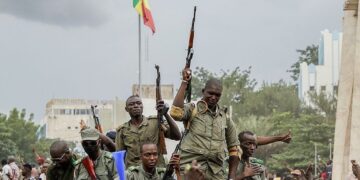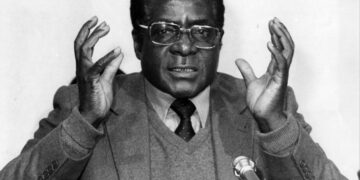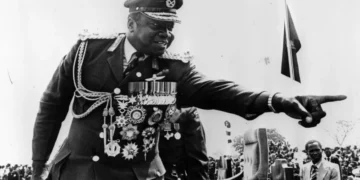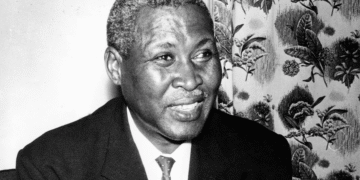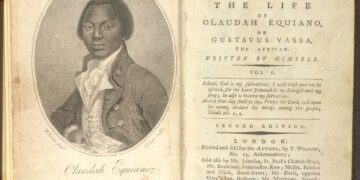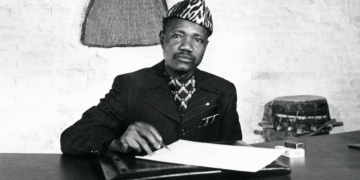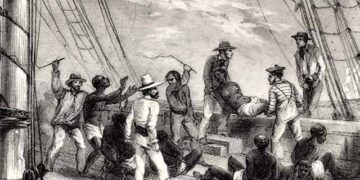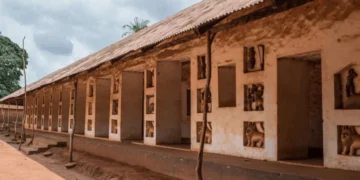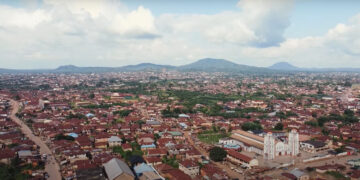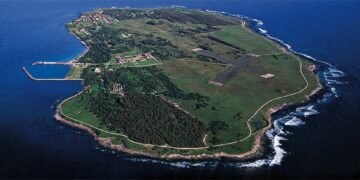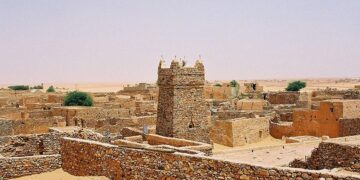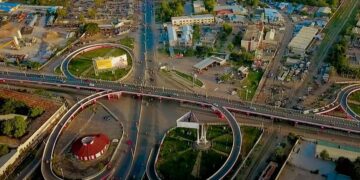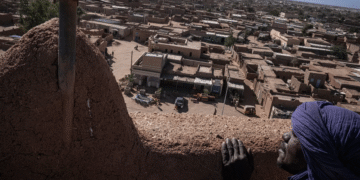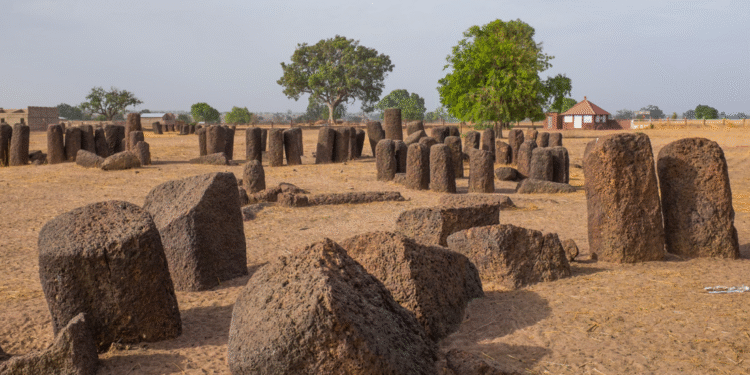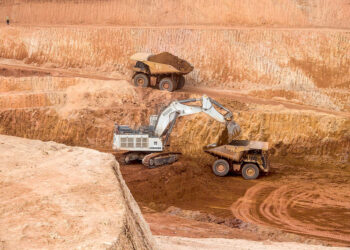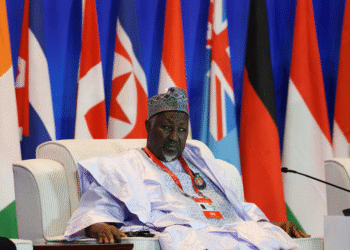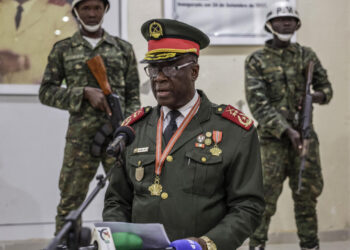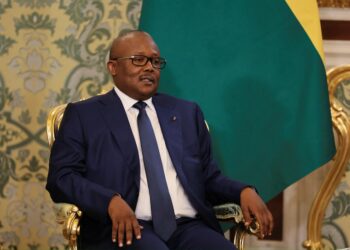Spread across a vast area spanning parts of modern-day Senegal and The Gambia are thousands of megalithic monuments. Collectively known as the Stone Circles of Senegambia, these formations represent one of the oldest and most extensive megalithic complexes in the world. Designated a UNESCO World Heritage Site in 2006, these monuments represent an architectural and religious tradition spanning over 1,500 years, offering rare glimpses into the prehistoric cultures of West Africa. Despite decades of archaeological research, the precise purpose of these circles, the people who built them, and the beliefs that motivated them remain the subject of scholarly speculation and debate.
This vast archaeological complex, comprising more than 1,000 individual circles and some 29,000 stones, stands as a testament to the social organization and technical prowess of ancient societies that left behind no written records, forcing researchers to piece together their history from stone, bone, and pottery. Geographical Context and Physical Description
The stone circles in Senegambia are located in a specific geographical area, a belt approximately 100 kilometers wide and extending 350 kilometers from north to south, primarily along the banks of the Gambia River. This distribution covers four main areas: Wasso and Seny Saloum in Senegal, and Ouanare and Kerbache in Gambia. These monuments consist of upright stone columns (standing stones) arranged in circles or other configurations, including double rows and isolated stones.
The primary material used in the construction of these monuments is laterite, an iron-rich sedimentary rock common in the region. Laterite forms when groundwater seeps through porous rock, leaving behind high concentrations of iron and aluminum oxides. This process creates a relatively durable rock, yet soft enough to be shaped with simple tools. Archaeological evidence, including the discovery of ancient laterite quarries, shows that builders used hammers and iron picks to extract large blocks of rock. These blocks were then carefully shaped into columns, often cylindrical or polygonal, with tapered or flat tops.
The size and weight of the stones vary greatly. Their height typically ranges from 1 to 2.5 meters above the ground, with the average stone weighing around seven tons. However, exceptional examples have been found, such as a stone at the site of Kerbach that reached nearly 3 meters in height and weighed an estimated 10 tons. The extraction, transport, and erection of these massive stones required significant collective effort and elaborate planning, suggesting an organized social structure capable of mobilizing and managing a large workforce.
Each circle typically consists of 10 to 24 standing stones. The circles range in diameter from 4 to 6 meters. These circles are often associated with burials, leading most researchers to conclude that the sites were primarily cemeteries or funerary sites. Some circles have been found with a “headstone” or double stone on the eastern side of the perimeter, which is often different in shape or size from the other stones in the circle. The function of these headstones is unclear, but they may have served a ritual or directional role.
In addition to circles, other formations exist, such as parallel rows of stones (rows) and complex groups of upright stones that do not form a clear circle. The site of Wassou in The Gambia is famous for its well-defined circles, while the site of Seyni Saloum in Senegal features large earthen burial mounds (tuffs) accompanying stone circles. These regional variations in style and design suggest the presence of diverse cultural traditions within the wider region, which may have evolved over time.
Determining the age of the stone circles has been a significant challenge for researchers. The inorganic nature of the stones themselves makes direct dating using techniques such as radiocarbon dating impossible. Therefore, archaeologists have relied on dating organic materials found in associated contexts, particularly within burials located beneath or near the circles.
Excavations at various sites have uncovered a large number of human burials. The earliest of these have been dated to between the 3rd century BC and the 4th century AD. However, the construction of the stone circles themselves appears to have occurred later. Most radiocarbon dates taken from materials found in the original stone construction pits indicate that the majority of the circles were erected between the 8th and 16th centuries AD. This broad timeframe of more than 1,500 years suggests that the construction of these monuments was not a single event, but rather a long-standing cultural tradition that spanned many generations.
The contents of the burials provide important insights into the society that built these circles. The burials were often deep pits, and in some cases, they were communal burials containing the remains of several individuals. Some burials appear to have been reserved for elite individuals, as evidenced by the presence of elaborate grave goods. These artifacts included iron weapons (spearheads and swords), tools, and personal ornaments such as copper beads and bracelets. The presence of these materials indicates a stratified society with access to trade networks that brought copper and other materials from distant regions.
Excavations also revealed evidence of complex funerary rituals. In some burials, skeletons were found in an articulated state, indicating that they were fully buried. In other cases, the bones were disarticulated, suggesting the practice of secondary burial, where the body was first buried elsewhere and then later moved to the final burial site within the circle. This suggests a sophisticated belief system regarding death and the afterlife.
The discovery of pottery has also been crucial in understanding the chronology and culture of the sites. Pottery patterns allow archaeologists to connect different sites and establish a relative chronology. Some pottery styles found at stone circle sites are associated with later ethnic and linguistic groups in the region, but determining the precise identity of the circle builders remains difficult.
The most widely purpoted function of the stone circles in Senegambia is that they were funerary and burial sites. This theory is strongly supported by the almost universal presence of human burials within or near the circles. The circles likely served as permanent grave markers for important individuals—perhaps kings, chiefs, or clan leaders—and their families. The construction of such monumental monuments may have served to establish the status and authority of the deceased, as well as to assert territorial claims by their descendants.
The sites may also have served as venues for religious rituals and ceremonies. The circular space may have defined a sacred area where ancestors were honored or community rituals were performed. The eastern front stone, found in many of the circles, may have had astronomical significance, marking the rising sun on the solstice or equinox, similar to other stone monuments in other parts of the world. However, evidence for precise astronomical alignment in the Senegambian circles is not conclusive and requires further research.
Another theory posits that the sites were not simply burial grounds, but also social and political centers. The construction and maintenance of the circles may have served as a communal activity, strengthening social bonds and collective identity. Gatherings at these sites may have included conflict resolution, alliance formation, and trade regulation, as well as ritual activities. In this sense, the circles served as focal points for the surrounding communities, places where both spiritual and temporal authority was asserted.
Local oral traditions, passed down through generations, include various interpretations of the circles. Local legends often associate the stones with ancient kings or giants, and in some cases, they are attributed with supernatural powers. While these stories do not offer an archaeological explanation, they highlight the continued cultural significance of these sites for local people, who often considered them sacred.
Ultimately, the function of the circles was likely multifaceted and complex, changing over time. They may have begun as simple burial grounds and evolved into more elaborate ritual and social centers. Without written records, archaeologists must rely on silent physical evidence, leaving much room for interpretation and debate.
Preserving the stone circles of Senegambia is a significant challenge. The monuments are subject to several natural and human threats. Wind and rain erosion is a natural process that slowly degrades laterite surfaces. Vegetation growth, particularly tree roots, can destabilize and dislodge the stones. Periodic forest fires, often started by farmers to clear land, can also cause the stones to crack and crumble due to thermal shock.
Human threats include agricultural encroachment. As the population grows, more land is being converted to agriculture, and in some cases, fields have been plowed up to the edge of the circles, endangering the structures and destroying the surrounding archaeological contexts. Looting and unauthorized treasure hunting, although relatively rare, have also damaged some sites in the past.
The recognition of the Senegambia Stone Circles as a UNESCO World Heritage Site in 2006 has increased awareness and protection of these monuments. The classification covers four major sites considered the best-preserved examples of this tradition: Wasso and Kerbache in The Gambia, and Ouarre and Seyni Saloum in Senegal. The governments of Senegal and The Gambia, in collaboration with international organizations and local communities, are implementing management plans to conserve these sites.
Conservation efforts include regular monitoring of the condition of the stones, clearing invasive vegetation, and implementing measures to prevent forest fires. There is also an increasing focus on engaging local communities in the preservation of their heritage. By promoting sustainable tourism and educating local people about the significance of the sites, it is hoped that they will become active stewards of these ancient monuments.
Archaeological research continues to play a crucial role. Recent projects use non-invasive techniques, such as geophysical surveying, to map what lies beneath the surface without the need for excavation. These techniques help identify burials and other undiscovered features, providing valuable new data on the construction and use of sites while minimizing damage to the archaeological fabric.
In conclusion, Kolmanskop embodies a complete cycle of discovery, prosperity, decay, and abandonment. It serves as a tangible reminder of the immense wealth generated by Namibia’s diamond rush, but also of the ephemeral nature of resource-based prosperity. The city’s story is one of human ambition that creates an oasis of well-being in an inhospitable environment, only to be abandoned when its riches shift elsewhere. Its lasting legacy is this poignant and stunning scene of a city swallowed by sand, a silent but powerful testament to the inexorable power of nature and the passage of time.



